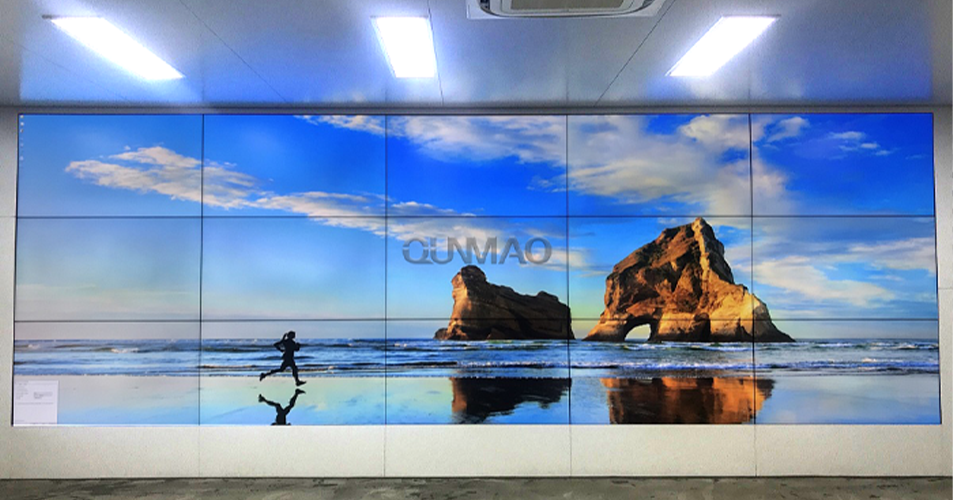In terms of brightness, professionals divide LCD splicing screens into standard brightness and high brightness. Their conventional parameters are 500cd/m2 and 700cd/m2 respectively. So how should we choose our appropriate brightness when we carry out splicing screen projects? Woolen cloth?

In summary, in the comparison of the technical parameters of LCD splicing screens, the basic parameters such as contrast, color display, and
resolution of standard brightness LCD splicing screens and high-brightness LCD splicing screens are basically the same. There is no particularly
big difference, including image display and Proportion, etc., the biggest difference between the two lies in the brightness value and display
effect. The display effect of high-brightness LCD splicing screen will be better, especially in some occasions with good lighting, the
low-brightness LCD splicing screen will have better display effect. The screen body will be unclear or reflective, which will lead to a
worse user experience when viewing a low-brightness display. On the contrary, a higher-brightness product will have a better display
experience.
In a general installation environment and indoor environment, it is very easy to control the light source. Merchants can freely adjust the
brightness of the splicing screen according to day and night, so there will be no problems when viewing the screen normally, and there
will be no Any reflections etc. On certain occasions, the lighting in the exhibition hall is very good and difficult to control. Therefore, in
this extremely special installation environment, in order to achieve the best display effect of the splicing screen, we need to use
high-brightness LCD splicing screen products. Otherwise, users The viewing effect will be unsatisfactory, with reflections etc. appearing.
In the actual application of our splicing screens, the overall solution of the LCD splicing screen will be designed at the beginning of the
design of a project. This is formulated according to the installation environment and user needs, and what kind of brightness products
are used. It should also be decided based on the actual situation. Specific products need to be used in specific occasions, which can
also greatly avoid the waste of resources.
